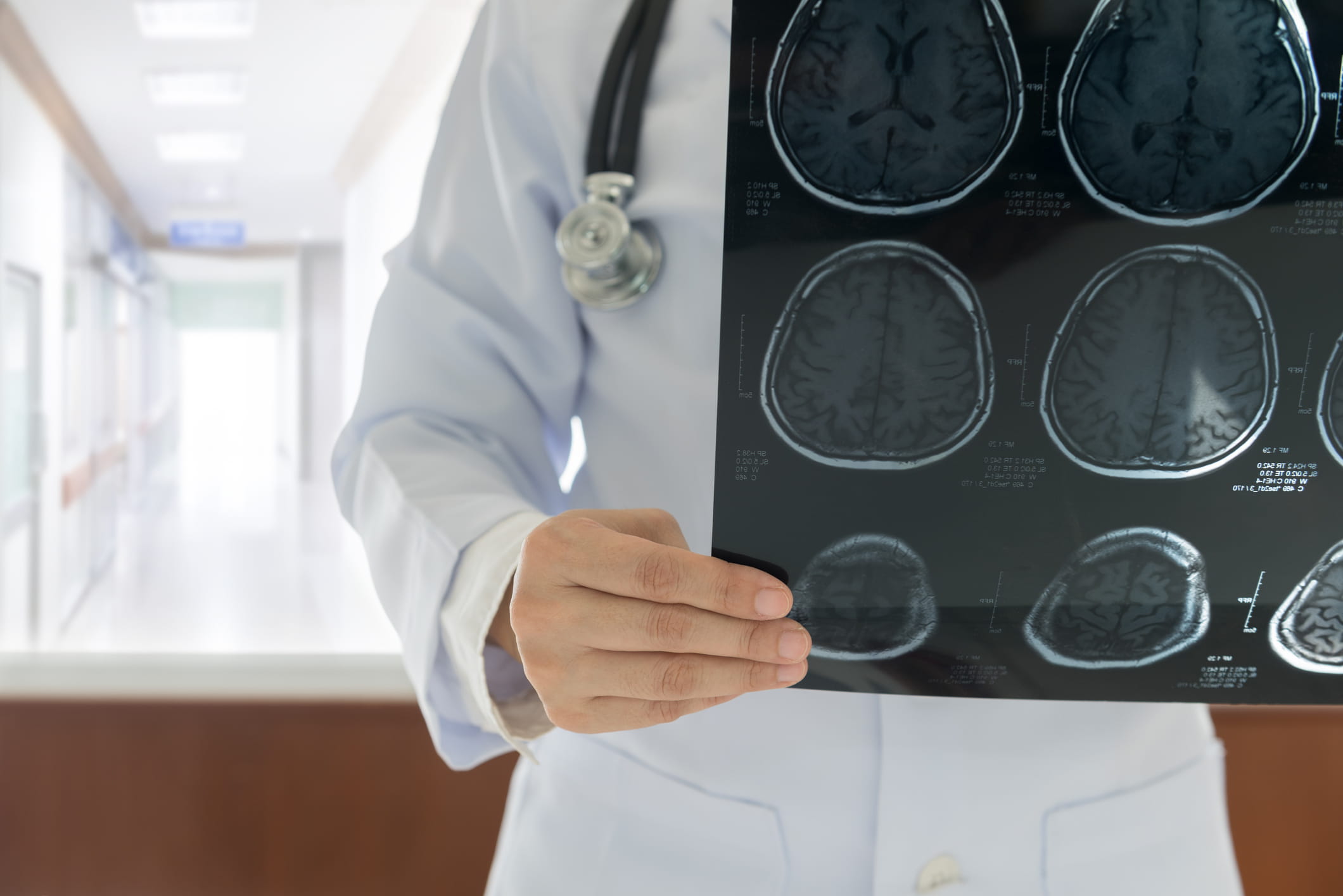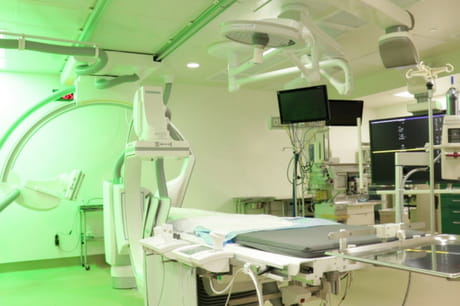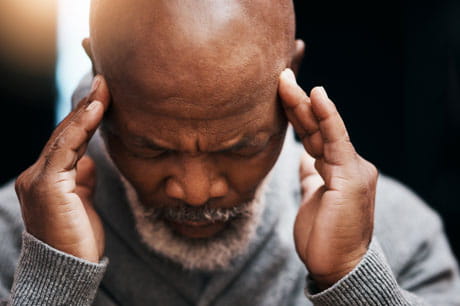Spotting the signs of a stroke saved Kara's life
Spotting the signs of a stroke can save someone’s life. For Kara, heading to the ER after a believed migraine continued to get worse did just that.
“They said it was a migraine,” recalls Cody. “They gave her a shot and said the pain should go away in about 20 minutes. They told me to take her home and let her get some sleep.”
But Kara’s headache didn’t go away. It got worse.
“I was healthy — I hadn’t had any medical conditions,” Kara says. “What was happening?” After an hour and a half of a persistent headache, Cody took her to the emergency room.
BE FAST when spotting the signs of a stroke
During the drive to the ER, Cody said he noticed his wife wasn’t acting quite right.
“Kara’s speech was off,” says Cody. “When we got to the ER, Kara had a computed tomography (CT) scan where they saw bleeding in her brain. The quickly decided to transport her via LifeFlight to Geisinger Medical Center in Danville.
Cody and Kara didn’t think the pain was anything serious. They didn’t think Kara having a stroke, but that’s exactly what was happening.
If you think someone is having a stroke, BE FAST:
- Balance difficulties
- Eyesight changes
- Face drooping
- Arm weakness
- Speech difficulty
- Time to call 911
For every minute a stroke is left untreated, up to 2 million brain cells die. That’s why receiving immediate medical attention is critical.
Returning to life after a stroke
Dr. Christopher Cummings, a board certified neurologist at Geisinger Medical Center, treated Kara.
“A sudden and severe headache is often a sign of something more serious and should not be shrugged off,” explains Dr. Cummings.
Kara was suffering from a hemorrhagic stroke, which occurs when a weakened blood vessel ruptures. While these are most frequently caused by uncontrolled high blood pressure, Kara’s was caused by venous hypertension - increased blood pressure in the brain.
“Kara had a great care team,” says Cody. “Every doctor and nurse we saw was super. The nurses explained everything and were quick to help if something seemed wrong.”
Today Kara feels wonderful and has received her driver’s license back. “We didn’t think I would be able to drive again,” she says. “I definitely had an angel with me that day. I’m happy I’m still alive.”
Next steps:
Learn more about stroke care at Geisinger





